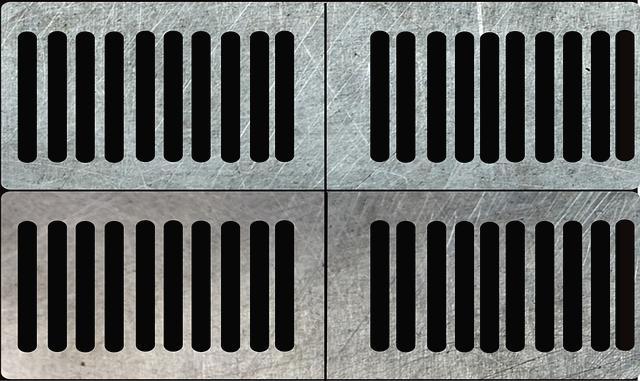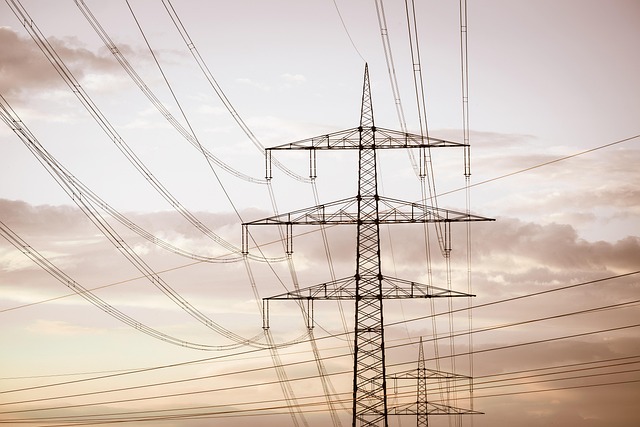The Sewer Line Repair Guide emphasizes proactive maintenance to prevent costly sewer line issues caused by clogs, tree roots, and structural damage. Homeowners can reduce risks through proper drain care, enzyme-based cleaners, and regular professional inspections to catch problems early. Regular cleaning, prompt leak repair, and replacing worn-out pipes extend the lifespan of the sewer system. Early detection saves time and money compared to emergency repairs.
Avoid costly and disruptive sewer line problems with our comprehensive guide. Discover the secrets to maintaining a healthy sewer system with practical tips tailored for homeowners. Learn about common issues like clogs, leaks, and tree root intrusions, and explore proactive maintenance practices that prevent major repairs. Understand when urgent action is required versus when you can delay emergency repairs. Transform your sewer line care today!
- Understanding Common Sewer Line Issues
- Regular Maintenance Practices for Prevention
- Emergency Repair vs. Proactive Care: When to Act
Understanding Common Sewer Line Issues

Sewer line issues are common problems that can lead to costly repairs if left unattended. Clogged pipes, tree root intrusions, and structural damage are among the most frequent causes of sewer line problems. A Sewer Line Repair Guide suggests regular maintenance as a proactive approach to prevent these issues.
Homeowners can reduce the risk of sewer line breakdowns by implementing simple practices like avoiding disposing of non-biodegradable materials into the drain, using enzyme-based cleaners instead of harsh chemicals, and scheduling periodic professional inspections. These measures will help identify potential problems early on, minimizing the need for major sewer line repairs.
Regular Maintenance Practices for Prevention

Regular maintenance practices are key to preventing sewer line problems and costly repairs. A Sewer Line Repair Guide recommends starting with simple, proactive steps like scheduling regular cleaning sessions to clear out debris and grease buildup. This can be done using hot water or specialized chemical solutions, ensuring that pipes stay unclogged and flowing smoothly.
Additionally, inspecting and repairing leaks promptly is vital. Property owners should be vigilant for signs of water damage or unusual noises coming from the sewer lines. Regularly checking and replacing worn-out or damaged pipes, as well as using eco-friendly products to prevent corrosion, can significantly extend the lifespan of your sewer system.
Emergency Repair vs. Proactive Care: When to Act

When it comes to sewer lines, proactive care is always better than an emergency repair. While sudden clogs or leaks can be unsettling and require immediate attention, regular maintenance and simple lifestyle adjustments can prevent most problems from occurring in the first place. A Sewer Line Repair Guide recommends understanding your home’s plumbing system and taking preventive measures like avoiding flushable wipes and properly disposing of grease.
Instead of waiting for a severe issue to arise, homeowners should establish a routine for inspecting pipes for any signs of damage or wear and tear. This includes checking for unusual noise, slow draining, or distinct smells coming from the sewer. By acting proactively, you can catch potential problems early on, saving you time, money, and the hassle of an emergency repair.
By implementing regular maintenance practices and staying proactive about potential issues, homeowners can avoid costly sewer line repairs. Understanding common problems and their causes is the first step in prevention. This guide has provided essential tips to help you maintain your sewer lines effectively, ensuring a smoother, more affordable journey towards avoiding major emergencies. Remember, proactive care is always the best policy when it comes to your home’s plumbing system.
